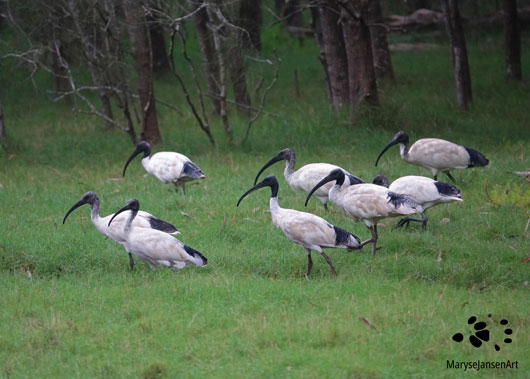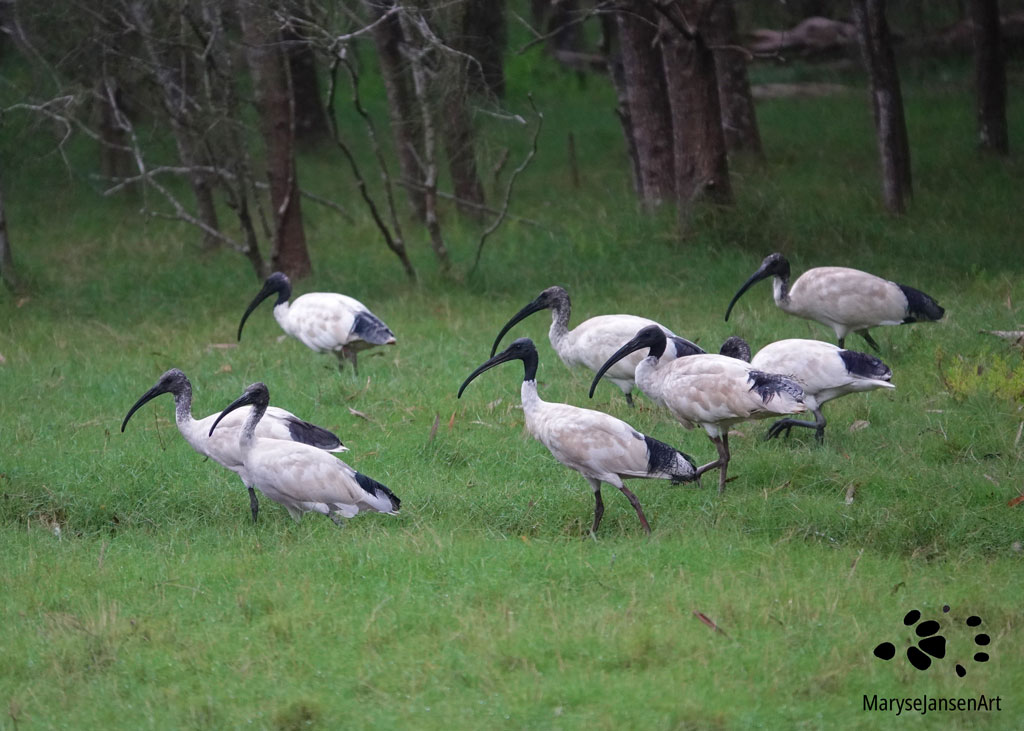Bird Photography with marysejansenart
Come for a Walk in the Wetlands

World Wetlands Day is coming up this week and to honor it I decide to go for a walk in my local wetlands.
Table of Contents
What are Wetlands?
Wetlands are areas where water covers the soil, or is present either at or near the surface of the soil all year or for varying periods of time during the year.
Examples include: river, stream, creek, swamp, lake, marsh, waterhole, mangrove, billabong, rock pool or spring.
What is World Wetlands Day?
World Wetlands Day marks the anniversary of the signing of the Convention on Wetlands of International Importance (Ramsar Convention) in Ramsar, Iran, on 2 February 1971. Australia has 66 Ramsar Wetlands and, of course, many more wetland areas as well.
Every year, on 2 February, World Wetlands Day is celebrated to raise awareness about the values and benefits of wetlands and to promote the conservation and wise use of wetlands.
A call to take action for wetlands is the focus of this years’ campaign. A call to value, manage, restore and LOVE the wetlands!
Why would I love wetlands?
Wetlands are very important ecosystems for a number of reasons:
- they are biodiversity hotspots: because most life-forms depend on access to water, wetlands are a popular place to live. Relatively small areas harbour a high number of species.
- they store fresh water: wetlands hold most of our fresh water, thus providing us and other life-forms with drinking water.
- they are natural water filters: filtering sediment and pollutants and trapping these in their soils, preventing run off to flow into open water.
- they are magnificent carbon sinks: the water functions as a barrier for the oxygen in the air to reach the carbon. That way carbondioxide can’t form. Blue carbon is the term used to describe the carbon stored in the soils of three coastal ecosystems: mangroves, tidal marshes, and seagrasses. In Australia these types of wetlands are considered to have the greatest potential as carbon sinks.
- they are a source of livelihood: wetlands provide us with fish, rice, support agriculture and play a role in tourism.
Visiting the wetlands
The wetlands I’m visiting today are a coastal wetland and include tidal flats, mangroves, salt-marshes, melaleuca (Paperbark) wetlands, grasslands and open forest. During the daily high tides the mangroves and tidal flats get flooded. A number of times a year spring tides flood the salt-marshes and during major floods, following rain events, the whole area gets inundated. The wetlands are rich in fish, crabs, molluscs and birds and have a great variety in plant life.
We are experiencing a wet summer so the wetlands definitely have a wet ‘look’ and are partially inundated. Visiting areas like mangroves and salt-marshes in these conditions usually means a lot of mosquitos so I’m prepared and spray myself with repellent before I set out.
Some people are fishing on the river’s edge beside the mangrove boardwalk. These boardwalks take the high tides into account and facilitate that you can still walk at those times. At the moment I notice water running off the land into the river from recent rain. There are little streams and puddles everywhere. Thanks to the boardwalk my feet stay dry.
Australian White Ibis: Bin Chicken or Farmer’s Friend?
My first sighting is a flock of Australian White Ibises. Beautiful, graceful birds! Unfortunately not everybody is equally fond of them. When you live in Australia you probably have a pretty good idea why that is!
Their behaviour in urban environments has given them the nickname ‘Bin Chickens’. It refers to the fact that some of these birds have adapted to the urban environment so much that they mainly hunt for food rummaging through human garbage. In some areas they have become so abundant and fearless that they hinder people during their picnics trying to scavenge some scraps. This is why some people really don’t like them… Personally, I just find it quite sad to see them like that.
There are other people that are of the opposite opinion. In fact, the Ibis’s other nickname is ‘Farmer’s Friend’! This is thanks to the fact that they tend to visit farms when pestered by locust plagues and feast on the locusts. The farmers hit by these plagues are then very grateful towards these birds.
Ibises really belong in the wetlands
However, these native wading birds are most at home here in the wetlands where they belong. It is in this environment where you can truly appreciate them! They look beautiful, roaming around, looking for food. Their favourite food consists of crayfish and mussels. Their long, curved bill helps them dig these up from the mudflats. They open the mussels by hammering them on a hard surface until the soft delicacy inside is revealed. They will also take fish, shellfish, frogs, crabs and insects. When their long bill is under water they can still breathe as the nostrils are situated at the base of the bill.
Most of the day they spend searching for food, alone or in groups. When they communicate they make a croaking sound that compares a bit to the sound of a goose. This flock of 8 birds is quiet though, and they are progressing steadily through these marshes until they disappear from sight again.
Come for a Walk in the Wetlands!
I continue on my walk and I encounter a few more solitary Ibises in the mangroves. Otherwise, it’s a remarkably quiet day for birds, perhaps because it’s a bit rainy. This does not mean there’s nothing to see though, the wetlands have an interesting surprise in store for me! If you would like to find out what it is, then watch my second ‘Come for a walk in the Australian Bush‘ video below and come for a walk with me in the wetlands!
(For the first episode in the series, see my post ‘Hunt for Happiness Walk‘)
Celebrate World Wetlands Day on 2 February or celebrate the wetlands at any other time of the year!
I would like to invite you to go for a walk in your local wetlands and share your experiences in the comments! Which interesting or surprising things crossed your path?
If you are interested in purchasing ‘Flock of Ibises roaming the Wetlands’ or would like to see what the image looks like on the various products, please head to my shop.


